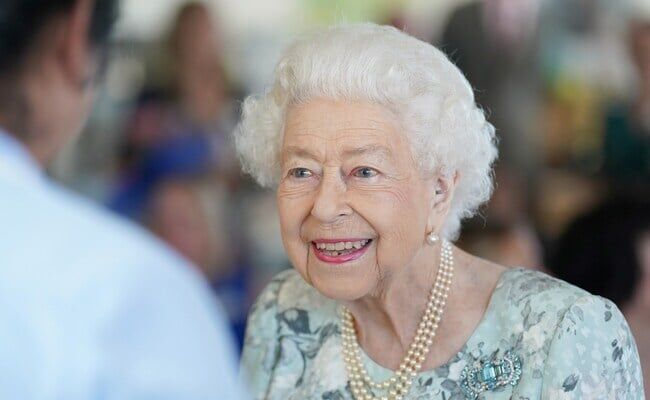Demise of a guardian

Merely two days after personally appointing Liz Truss as the country's 56th prime minister, Britain's longest serving monarch — Queen Elizabeth-II — breathed her last on Thursday. With her departure from the material world, an era has come to a close for the British monarchy — an era that began with the decline of the global British empire and culminated into the formation of a mid-sized European country with a sovereign outlook. For Britain, this was a transition of massive proportions — and so was it for the 25-year-old Elizabeth who had to assume the throne on February 6, 1952 after her father's death. From Winston Churchill to Liz Truss, in her seven-decade long reign, the Queen witnessed the appointment of 15 British Prime Ministers. In national perspective, the self-defined and circumstantial challenge before the 25-year-old queen was to accept the new governance order while maintaining the grace of traditional monarchy. Till her death at the age of 96, she dealt with the challenge gracefully. Queen Elizabeth-II was a near perfect fit on Walter Bagehot's — a Victorian constitutional baron — defined role of a monarch "to encourage and to warn her government, while having the grace not to enforce her views." Political neutrality remained her unstated priority — with certain exceptions — all throughout. The latest notable exception can be traced back to as far as the 2014 Scottish referendum campaign when she urged voters to "think very carefully" about their vote. She was learnt to have received a veiled criticism from the then Prime Minister David Cameroon. Her visit to Ireland in 2011 had also stirred a slight controversy then. Apart from these occasional hiccups, it was indeed an achievement on her part to retain the acceptability of monarchy in a world that largely prefers democracy. Besides her political neutrality, it was her matriarchal persona that aided her to remain stable through her term. Even as anti-monarchical sentiments grew during the 1980s and the 1990s, she commanded the grandmotherly reverence in the country. A lot of it had to do with her acceptance of her limitations. The monarch is bestowed with some overriding powers in Britain — including to dissolve the parliament, or withhold consent from legislation. Queen Elizabeth-II had been wise in using these powers sparingly. She had perhaps a tacit understanding around what takes an obsolete institution like monarchy to breathe in a modern world! The political balance between monarchical traditions and democratic urgency, however, was just one aspect that reflected Queen's deftness and finesse. She had more profound challenges on the personal front, particularly during her last years. In 2020, her grandson Prince Harry moved to California with his wife Meghan Markle — an American actress — and son. Pointing out that some in the family had been "less than welcoming" to his wife, he distanced himself away from royal duties. The incident had stirred global debate about something going terribly wrong in the Royal family. The most severe blow, however, came to her a year later when Prince Philip departed from the material world. Amid Covid restrictions, she sat alone at his funeral for long hours. Queen Elizabeth's association with Prince Phillip predated her coronation. She fell for her third cousin at a tender age of 13 and married him in 1941. Philip's death had thrown the Queen in silence. Well into her 90s, she started withdrawing from public life and gave Charles greater control over affairs. Her demise was not totally unanticipated. People knew it was coming. But given her silent role as a guardian in shaping the UK as we see today, the nation is understandably in a state of shock and is experiencing an irretrievable loss. Prince Charles will automatically take her position as a monarchial head, but will monarchy remain as before in the UK — particularly when the institution is being increasingly challenged?



